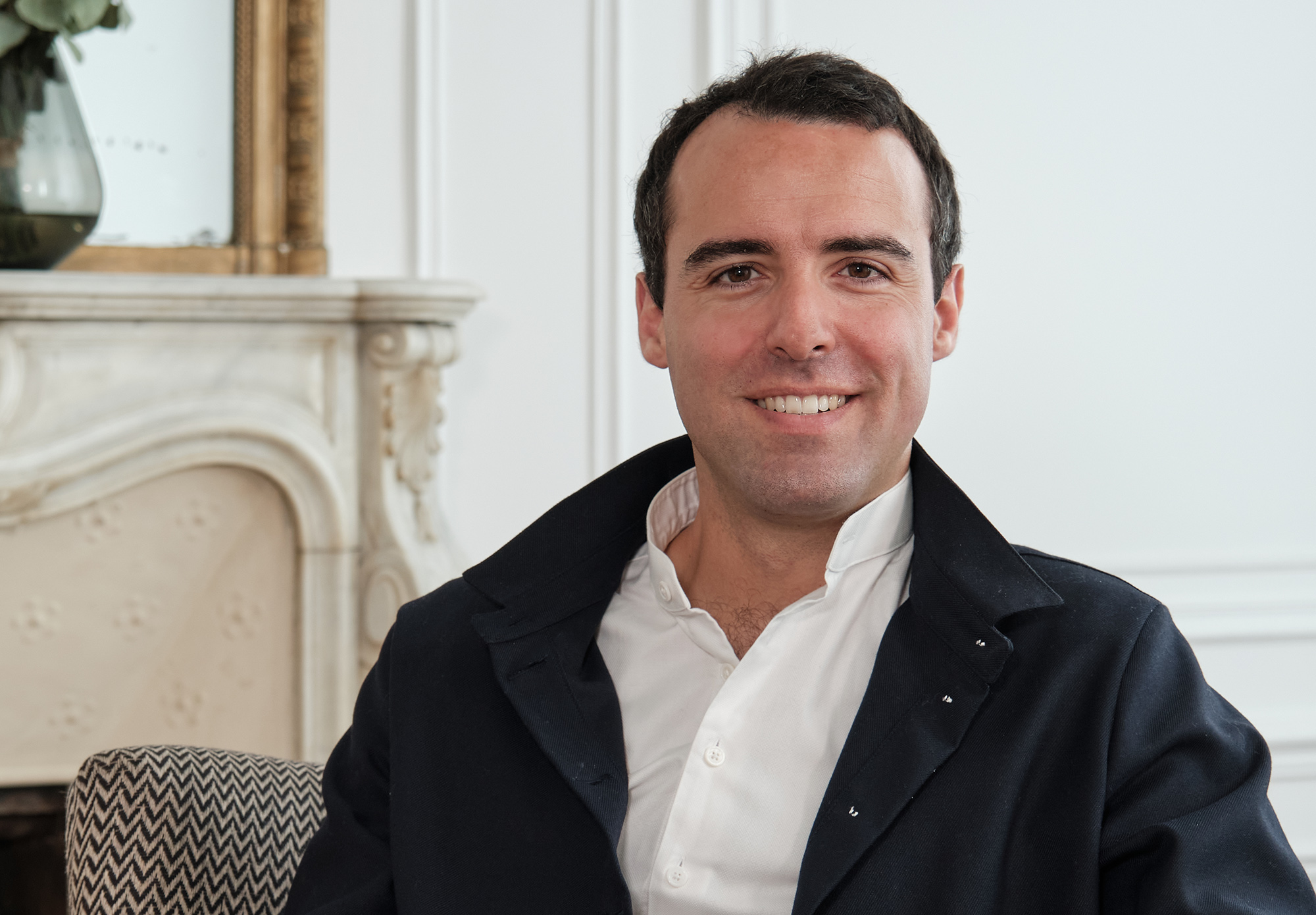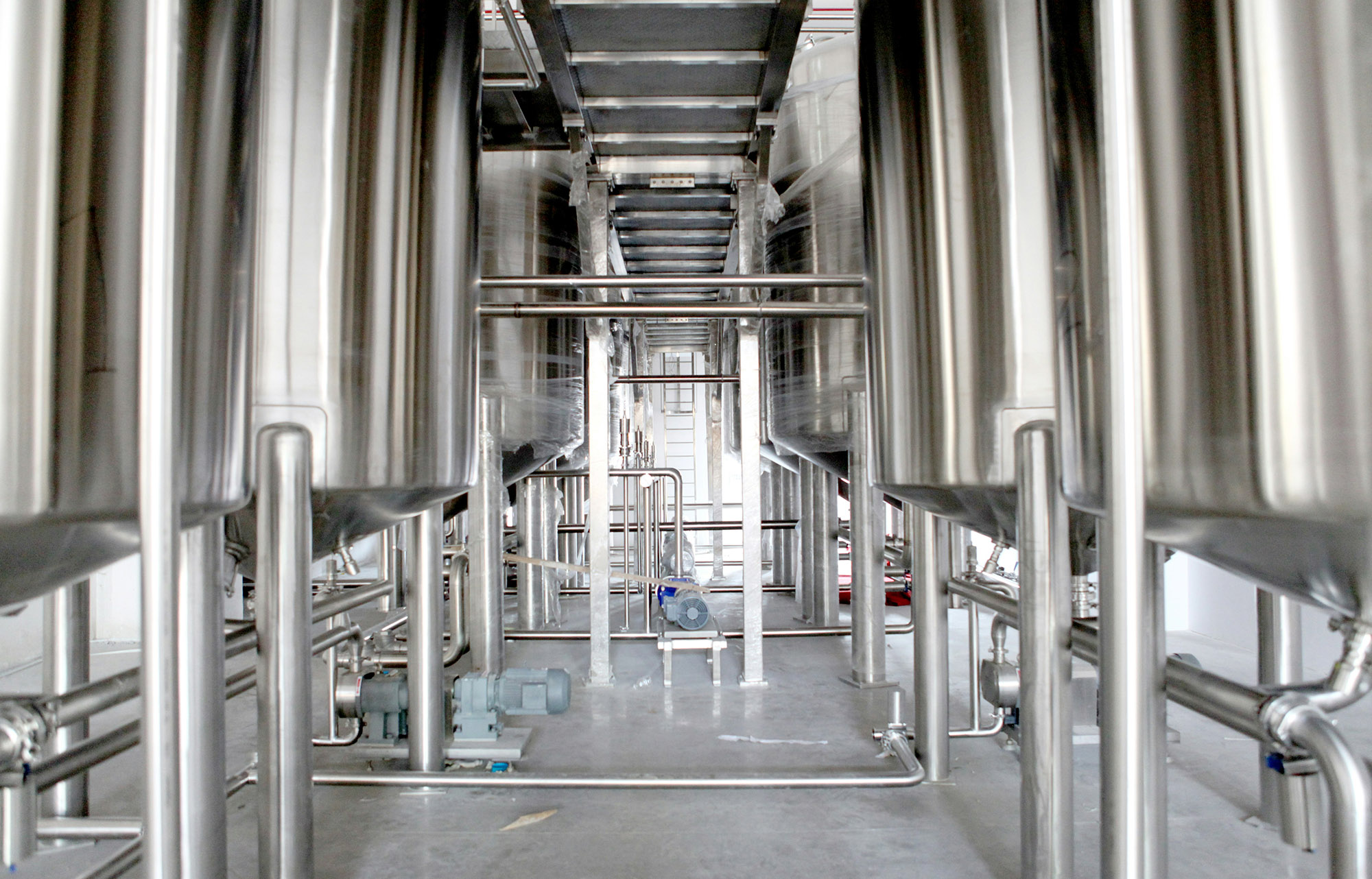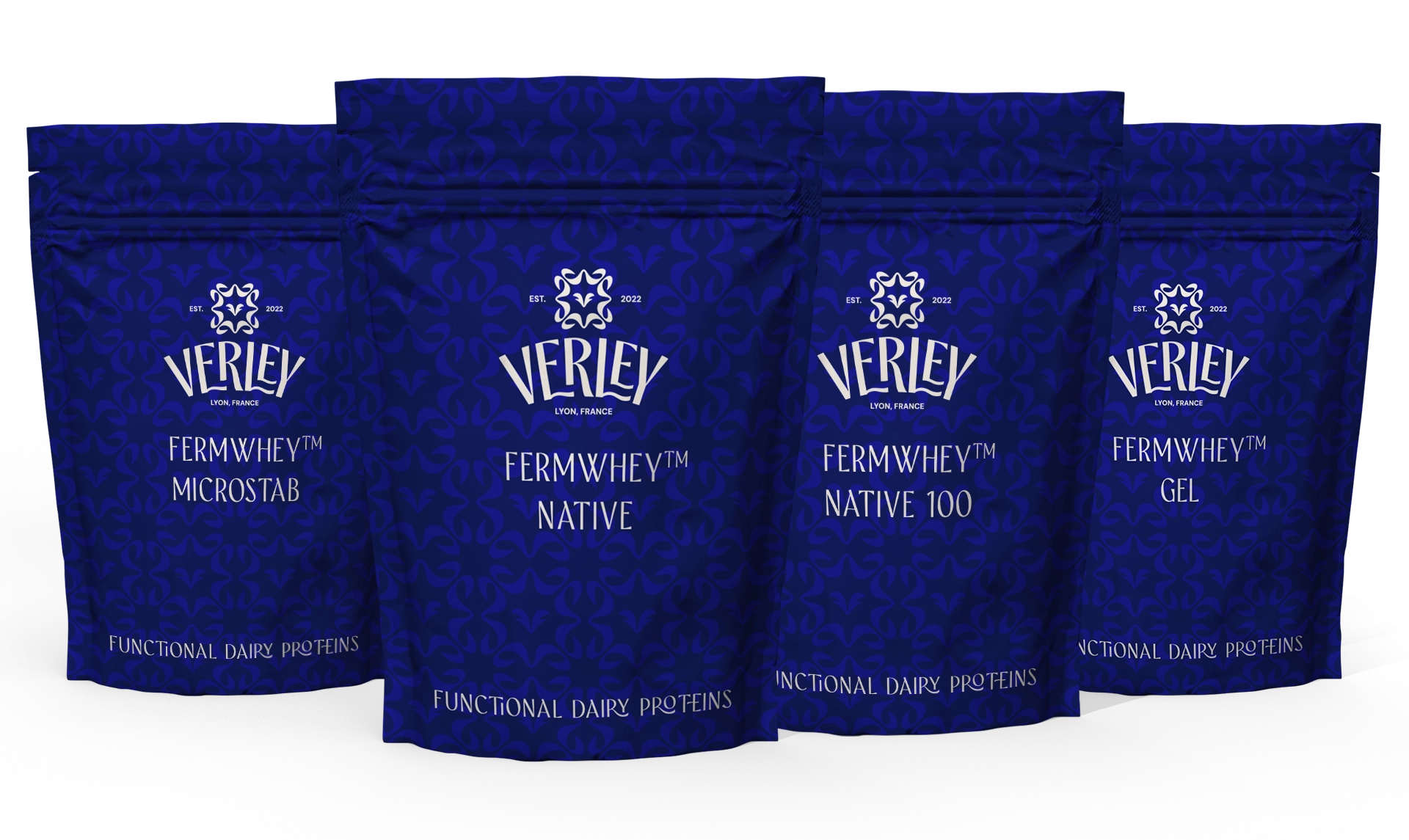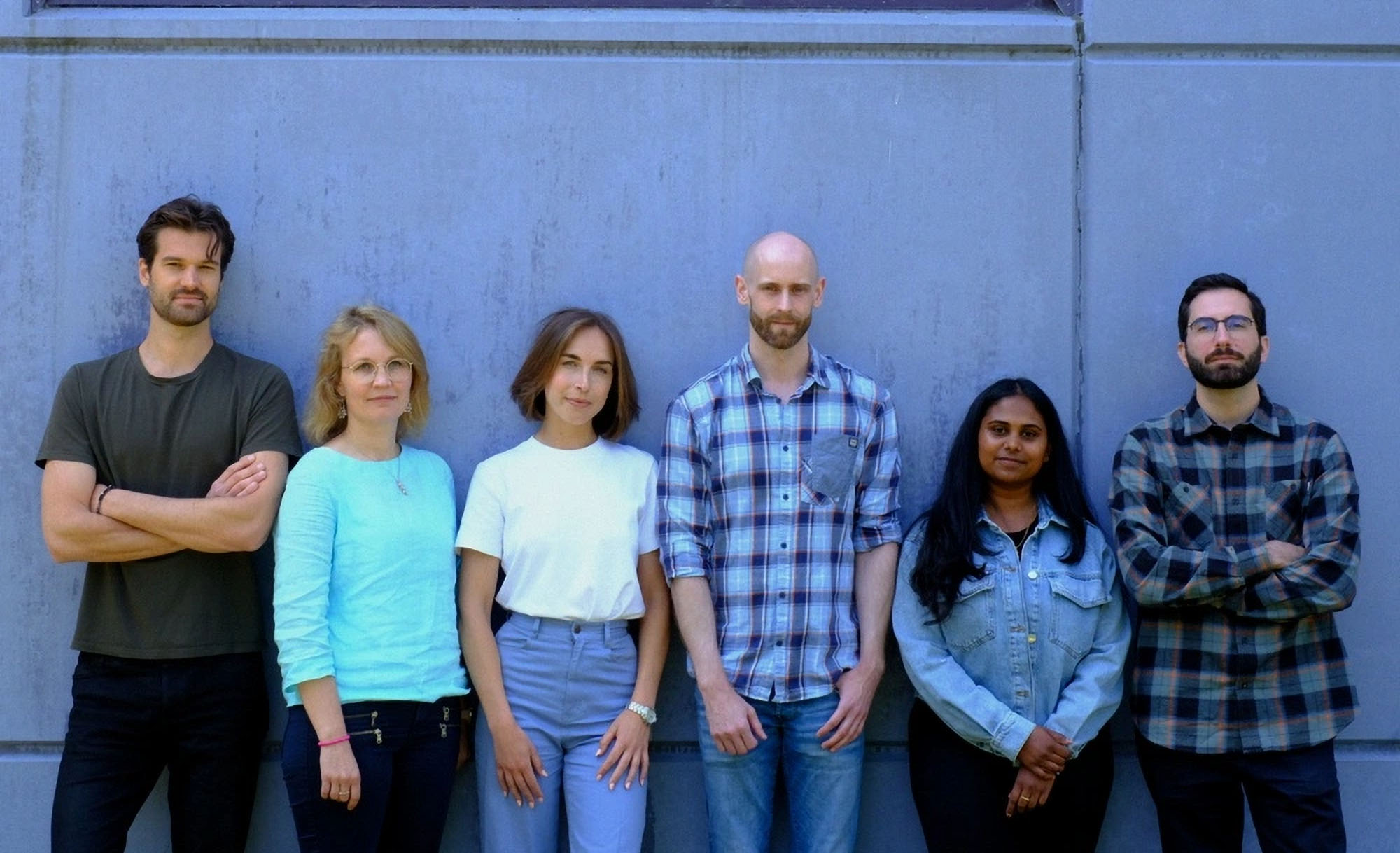

PPTI Web Exclusive: How Verley is cracking the code on dairy proteins without the cow
Verley CEO Stéphane Mac Millan on why precision fermentation isn’t an ‘alternative protein’ story, but the next chapter in dairy itself
“Deciding whether you’re a B2B or B2C company is really important right from the start,” says Stéphane Mac Millan, Co-founder & CEO of Verley. “As we’re not a standalone product but an ingredient, the ingredient itself isn’t useful on its own – it has to be used in other products. Keeping that in mind obviously shapes the way we structure our R&D.”
That clarity of purpose has guided Verley since its inception just over three years ago. From the outset, the Lyon, France-based company positioned itself not as a consumer-facing brand but as an enabler – helping manufacturers unlock new possibilities with precision-fermented dairy proteins. By focusing on being an ingredient supplier rather than building its own product line, Verley has built a strategy that revolves around partnerships, functionality, and scale.
.jpg)
Bridging a widening dairy gap
That focus also stems from a sober reading of the global dairy landscape. As Mac Millan explains, the sector is caught between two forces: relentless growth in demand and tightening supply.
“Demand is growing rapidly – around 7-8% CAGR every year – because we’re consuming a lot more dairy products,” he notes. “Trends like high-protein diets, weight management, and supplementation – especially for people taking treatments like Ozempic or Wegovy who need additional protein intake – are pushing demand even higher.”
Yet the traditional supply side has little room to expand. “In the USA it’s stagnant, in Europe it’s actually declining. You can’t just add more cows to the field for sustainability reasons, and productivity per cow has already reached its maximum. So, we need complementary solutions to bridge that gap.”
Here, precision fermentation enters the picture – not to displace dairy entirely but to relieve pressure on a system stretched to its limits. “Milk is almost magical,” Mac Millan reflects. “Every mammal starts life with it. But cows also consume huge amounts of land and water, and they produce significant greenhouse gas emissions – more than the airline industry. That’s where we can make a difference.”
“We’re not in the alternative protein industry – we’re making dairy proteins. The only thing that’s alternative is the method of production”

From Bon Vivant to Verley
To meet those challenges, the company recently rebranded from Bon Vivant to Verley, signaling both maturity and ambition.
“We needed a more international name – something easier to use since our customers are global,” Mac Millan explains. “At the same time, we didn’t want to lose our French roots. So, we chose a name that sounds like a village around Lyon, where we’re based. Many small towns in that region end with -ey, so we kept that heritage while also creating a name that’s more international and easier for our global partners to pronounce.”
The rebrand provided the ideal stage to introduce the FermWhey range, a suite of precision-fermented whey ingredients designed for different applications. It marked a shift from being a promising startup to presenting a full-fledged portfolio aimed squarely at the food industry’s protein needs.
Functionality as a differentiator
Unlike traditional whey protein, FermWhey products are not a blend but pure whey – produced at up to 95% purity. That purity, Mac Millan argues, unlocks entirely new possibilities.
“Being a B2B company means we need to deliver more than just the ingredient itself – we need to solve real needs,” he says. “That’s why we’ve focused on functionalities like solubility, stability, and clean labeling. Our partners tell us it opens up innovation for them in ways they couldn’t imagine before.”
The approach is already resonating across categories. Sports nutrition remains a natural fit, but Mac Millan points out that the same proteins are now being tested in protein bars, yogurts, ice creams, and even teas. “Everyone is looking at nutrition now, and people want to get their protein intake through whatever they’re drinking or eating,” he says. “Honestly, I wouldn’t be surprised if we see Coca-Cola with protein inside sooner rather than later.”
.jpg)
Rethinking ‘alternatives’
With such functionality on offer, Mac Millan is keen to draw a line between what Verley does and the broader ‘alternative protein’ sector.
“Plant-based is an alternative protein, yes – but what we’re doing is different,” he argues. “When you consume the same protein the cow makes, that’s not an alternative – the production method is different, not the product itself. It’s the same logic with Coca-Cola: when sugar is replaced with stevia made by fermentation, you don’t call it ‘alternative Coca-Cola’.”
That distinction, he believes, will be central to how precision fermentation gains traction with consumers and regulators alike.
Global demand, uneven adoption
Consumer appetite for protein is near universal, but Verley’s experience highlights how regulation shapes the pace of market entry.
“In the USA, the process is relatively fast – around 12 months or even less to get approval,” Mac Millan notes. “In Europe, it’s slower, usually two to three years. That regulatory timeline obviously impacts adoption, but in terms of consumer demand, we don’t see big differences. Everyone is looking to increase protein intake.”
That regulatory lag also underscores why partnerships matter – another reason Verley has anchored itself as a B2B specialist.
Nutritional and environmental impact
For formulators, purity also translates into nutritional advantages. FermWhey Native 100, the flagship of the range, allows for higher protein inclusion rates – 20-25% compared to 5-10% with conventional whey. Even more significantly, it delivers about 40% more leucine, the amino acid most critical for muscle recovery.
At the same time, sustainability remains a pillar of Verley’s pitch. A peer-reviewed life cycle assessment showed that compared to one liter of conventional milk, producing the equivalent proteins via precision fermentation generates 72% less greenhouse gas emissions, uses 82% less water, and requires 99% less arable land.
For Mac Millan, the conclusion is clear. “We should use milk for the dairy products we enjoy, and rely on precision fermentation to produce the proteins directly. That way, we stop ‘cracking’ milk and start producing proteins in a far more sustainable way.”
“Compared to one liter of conventional milk, producing the equivalent proteins via precision fermentation generates 72% less greenhouse gas emissions, uses 82% less water, and requires 99% less arable land”
Food security as strategy
If nutrition and sustainability weren’t compelling enough, Mac Millan adds a third reason why precision fermentation matters: food sovereignty.
“This technology – and the ability to produce protein in this way – is truly a strategic asset,” he says. “The US Department of Defense and Israel’s Ministry of Defense have both invested in startups like ours. That shows a clear understanding that food is not just food – it’s a critical strategic resource.”
The point is already resonating with policymakers. In an era of shrinking resources and geopolitical tensions, being able to produce essential proteins in stainless steel tanks, close to demand centers, is increasingly seen as a national security question as much as a nutritional one.

Building the next chapter
Looking forward, Verley’s R&D roadmap rests on three pillars: improving functionality, expanding to other dairy proteins, and, eventually, applying the platform to entirely new protein families.
“Our mission is simple,” Mac Millan says. “To produce every dairy protein through precision fermentation – ending the need to crack milk, keeping milk for what it’s meant for, and making 100% of the proteins directly through this technology.”

It’s an ambitious vision, but one grounded in pragmatism. As Mac Millan likes to point out, precision fermentation is not a speculative moonshot. “More than 90 molecules have been made this way for decades, from vanillin to insulin. The technology is proven, it’s been scaled, and it works at an industrial level.”
That’s why Verley, barely three years old, already has three commercial-ready ingredients and is shipping samples to partners. “This isn’t about waiting 10 years, hoping for results,” he concludes. “It’s happening now. We’re producing these proteins at scale, and that’s what makes it so exciting. It’s real, it’s tangible, and it’s ready to make a difference.”
If you have any questions or would like to get in touch with us, please email info@futureofproteinproduction.com






